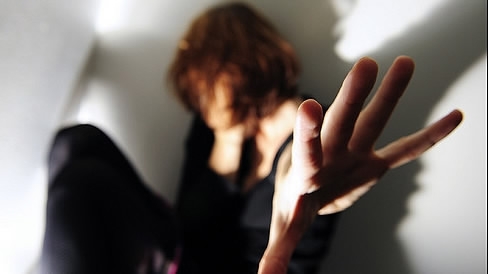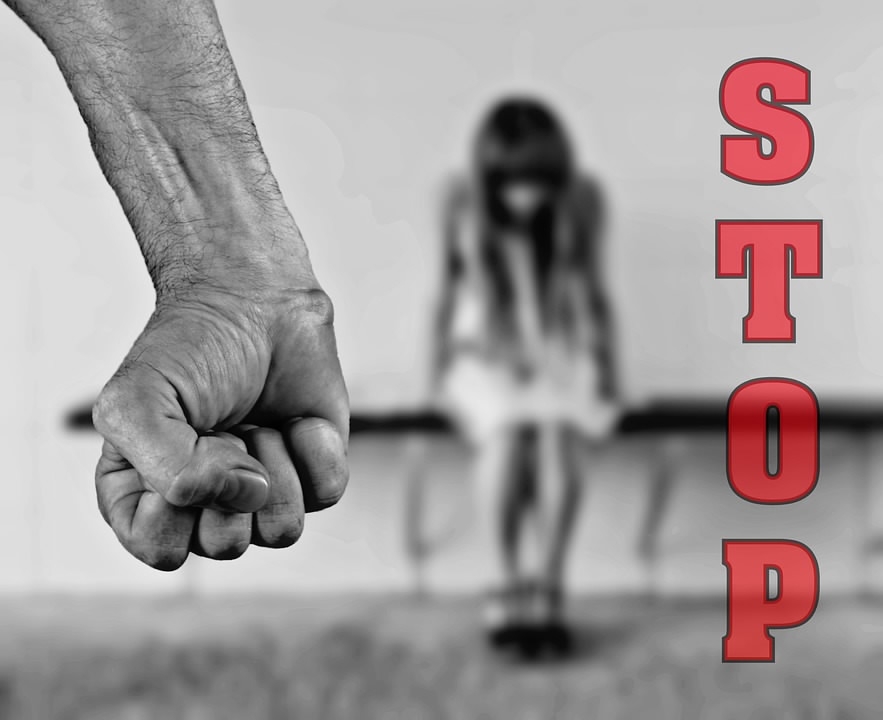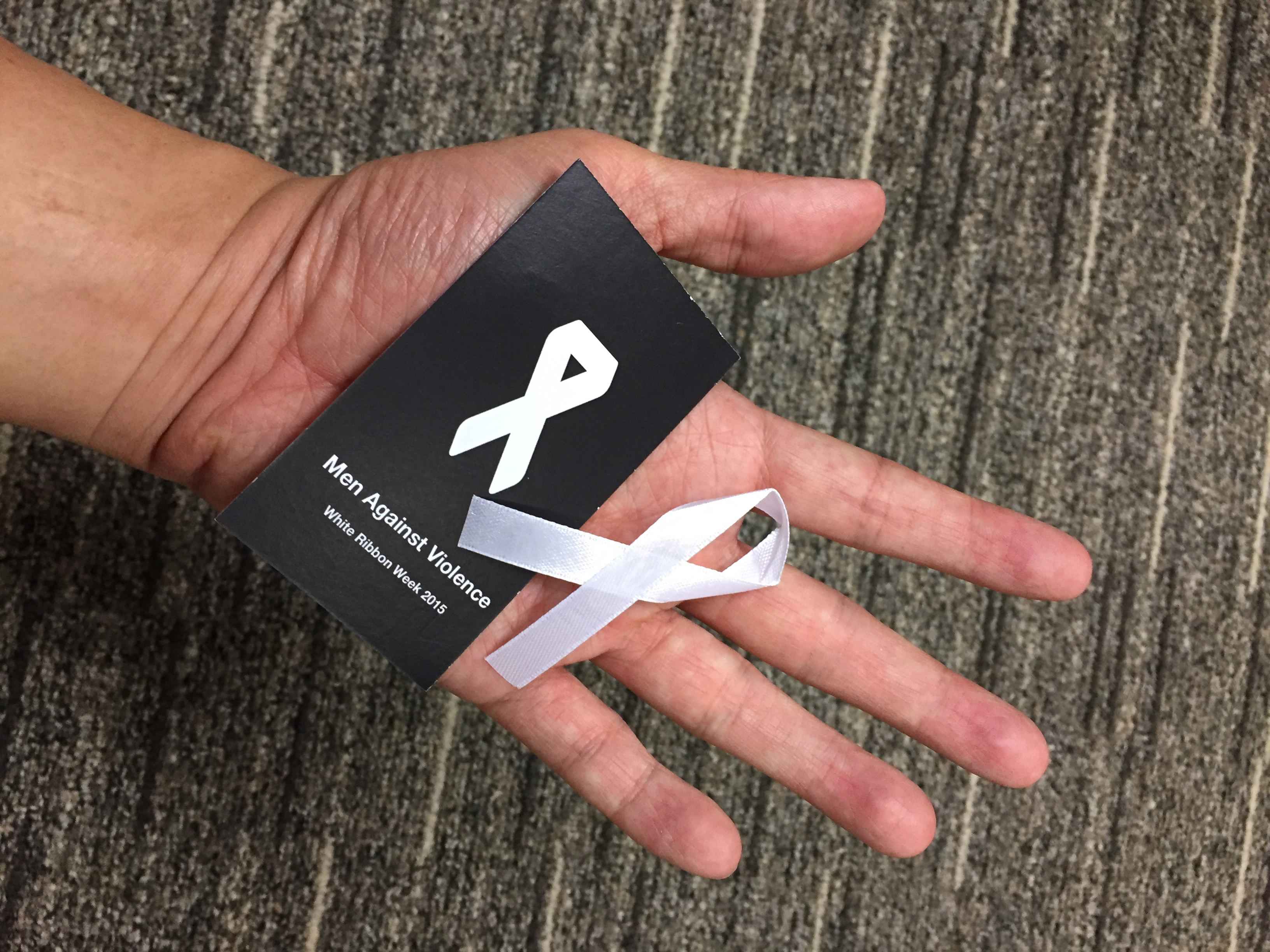
Culture
10:21, 25-Nov-2017
Reporter's Notebook: Violence against Women
By Nick Harper

It’s often easy to get lost in the numbers. Sometimes the figures are so huge, stretching in millions, even billions, that it’s easy to get overwhelmed.
I think it’s a problem that is true for all of us – for the journalists reporting the news and the public watching or reading it.
I certainly felt that while I was researching this report on the International Day for the Elimination of Violence against Women. The UN figures are startling.
It estimates one in three women worldwide have experienced physical or sexual violence. That works out at about 1 billion people. And those are the people who are currently alive. It does not take into account the countless others over the centuries before today who have experienced harassment or assault.

Photo via Pixabay
Photo via Pixabay
Add to that the 120 million girls (under the age of 20) who have been raped or forced to perform sexual acts. Then there are the other forms of abusive practices that still continue in many parts of the world, like childhood marriage.
The UN believes 750 million women were forced into marriage before their 18th birthday. Female genital mutilation remains prevalent in some parts of the world. At least 200 million women have experienced it, with more than half of those women coming from Egypt, Indonesia or Ethiopia.
Confronted with such numbers, I find it hard to make sense of them. Not just to comprehend the magnitude of these problems, but to have an adequate response to the scale of these human rights abuses which are being committed every single day.
But then I imagine either one of my two young daughters included into these figures. And that’s when it hits home. That’s when I see these not as statistics but as individual people; 1 billion individual women or children.

White ribbon opposing violence against women. /Photo via Wikimedia Commons
White ribbon opposing violence against women. /Photo via Wikimedia Commons
The UN petitions governments and societies around the world to end violence. They ask them to look at age-old practices, to change the normalization of gender-based violence, and punish offenders. They have this annual day to focus attention and galvanize support.
But they also try to make these staggering statistics relatable. They show photos and footage of Rohingya women and children fleeing Myanmar in the hundreds of thousands. They show the Syrian refugees in Jordan, the South Sudanese refugees in Uganda, the Afghan refugees in Pakistan and Iran.
However, those are just the ones we get to see. There are many, many more women and children who remain invisible. They are part of the 1 billion abused women. The women whose physical and psychological wounds are out of sight, but still very much present.

SITEMAP
Copyright © 2018 CGTN. Beijing ICP prepared NO.16065310-3
Copyright © 2018 CGTN. Beijing ICP prepared NO.16065310-3